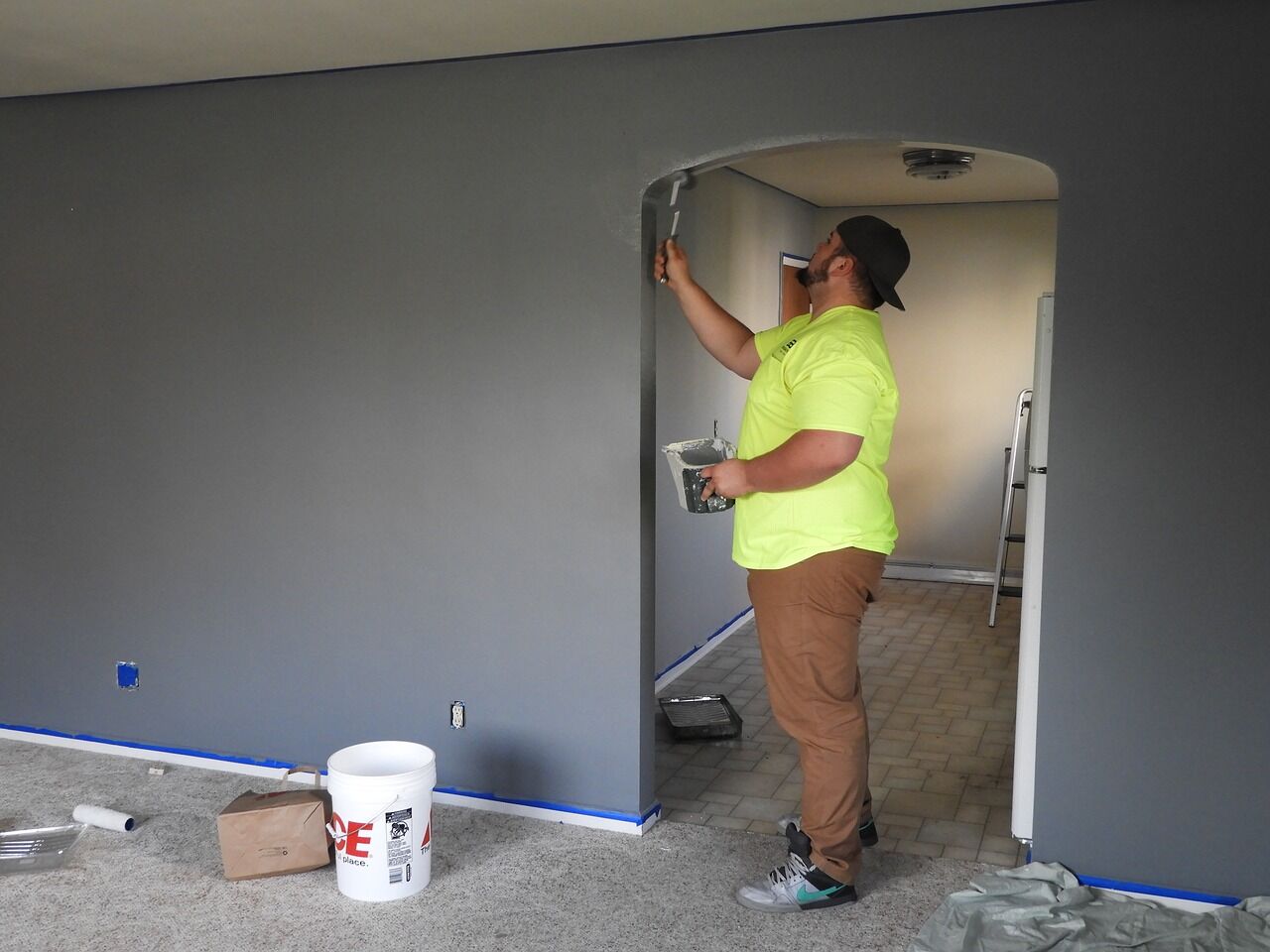For some reason, the electricity bills seem to hit a record high as temperatures inch down. This leaves a large number of families shivering through winter dreading their next electricity bills. But warming your house during winter can be easier than most people think. In fact, it doesn’t have to revolve around energy-intensive warming. If […]
Category: Home Renovation | Repair
5 Home Improvement Projects You Should Tackle Now
The same old look can get boring for the eyes. Upgrades and updates are essential every once in a while. So, while your computer is getting an upgrade and you also plan a wardrobe update for spring, don’t leave your home behind. Home improvement projects will only add to your comfort. Another encouraging plus point […]
How to Make Your Water Heater More Efficient
It is estimated that your water heater accounts 18 percent of your energy bill. You can save money on your energy bill by making your water heater more energy efficient. There are many things that you can do to make your water heater more efficient. Lower the Temperature Most water heaters are pre-set to 120 […]
Most Common Plumbing Emergencies and Disasters
Plumbing emergencies are among the most expensive sources of headaches that homeowners have to deal with. Too many homeowners have discovered, first hand, what it’s like to fork out thousands of dollars to repair the damages caused by these disasters. And in many cases, prevention could have played a huge role. Here are a few […]
The Myriad Uses of Concrete in Homesteading
Homesteading puts us in a constant state of learning new skills, especially in the early years. One thing you’ll want to become comfortable with as soon as possible is working with concrete, because there plenty of ways we can use concrete in homesteading. Concrete Is the Ultimate Building Material Composed of Portland cement, crushed rock and […]





